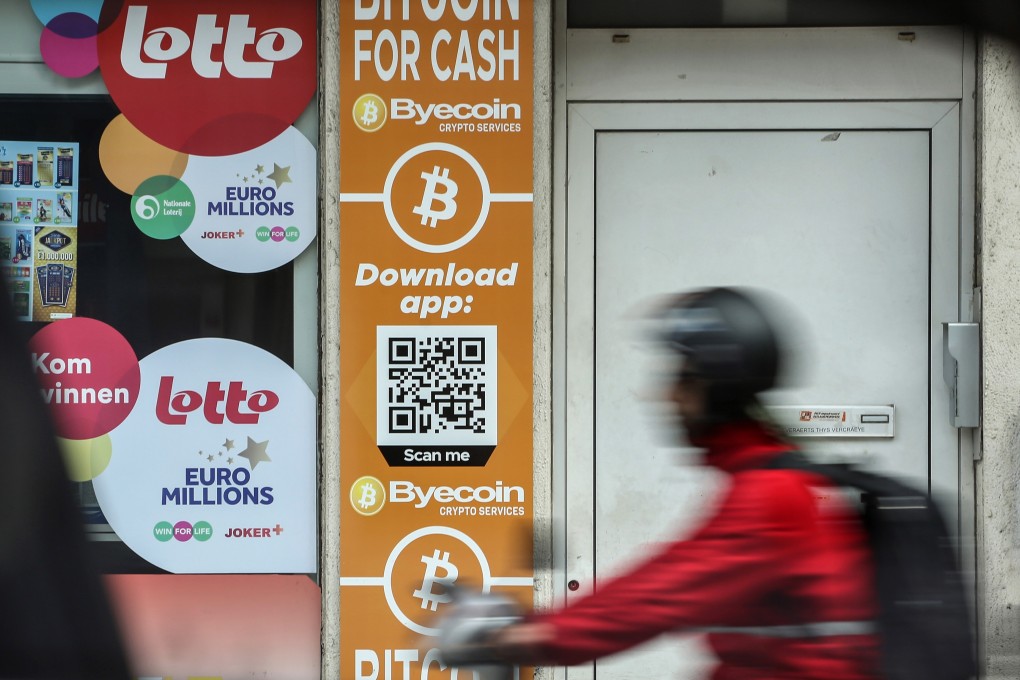The View | In solving real-world needs, decentralised finance can only continue to grow
- By creating greater value and promoting financial accessibility to the masses, DeFi complements traditional banking, rather than replacing it
- Its transparent and permissionless nature has also allowed it to evolve quickly

While a multilateral consensus on the value-creation potential of digital assets isn’t on the horizon, there is a risk of not seeing the wood for the trees if an idea is grounded in absolutism rather than pragmatism.
DeFi is not a revolution, but an evolution. It is a new paradigm that exponentially expands the reach of existing financial services into the future and can only be seen as a complement to traditional finance systems, creating greater value and promoting financial accessibility to the masses.
We can draw comparisons to today’s crypto landscape by studying the development of the humble mobile phone over the years, into the widely prevalent smartphones that are used today. Before the development of apps, mobile phones were one-dimensional in purpose – they allowed you to make and receive calls on the go and send the occasional text message (and maybe more advanced versions would have the latest Snake or Space Invaders game as a fun add-on).
However, the advent of smartphones and the app store, since 2005, saw something akin to a telecommunications Big Bang. Millions of new applications suddenly became available or were being developed. Importantly, this change did not come about through a centralised initiative or as a grand plan decreed from individual genius. It was transparent, collaborative and accessible to all, allowing various entities to freely join in and opt out.
Similarly, DeFi today embodies this transparent and permissionless nature, which has allowed it to evolve seamlessly and quickly. There is no consensus on just how it might evolve further, but evolve it will. Its course is set and it will soon reach critical mass.
